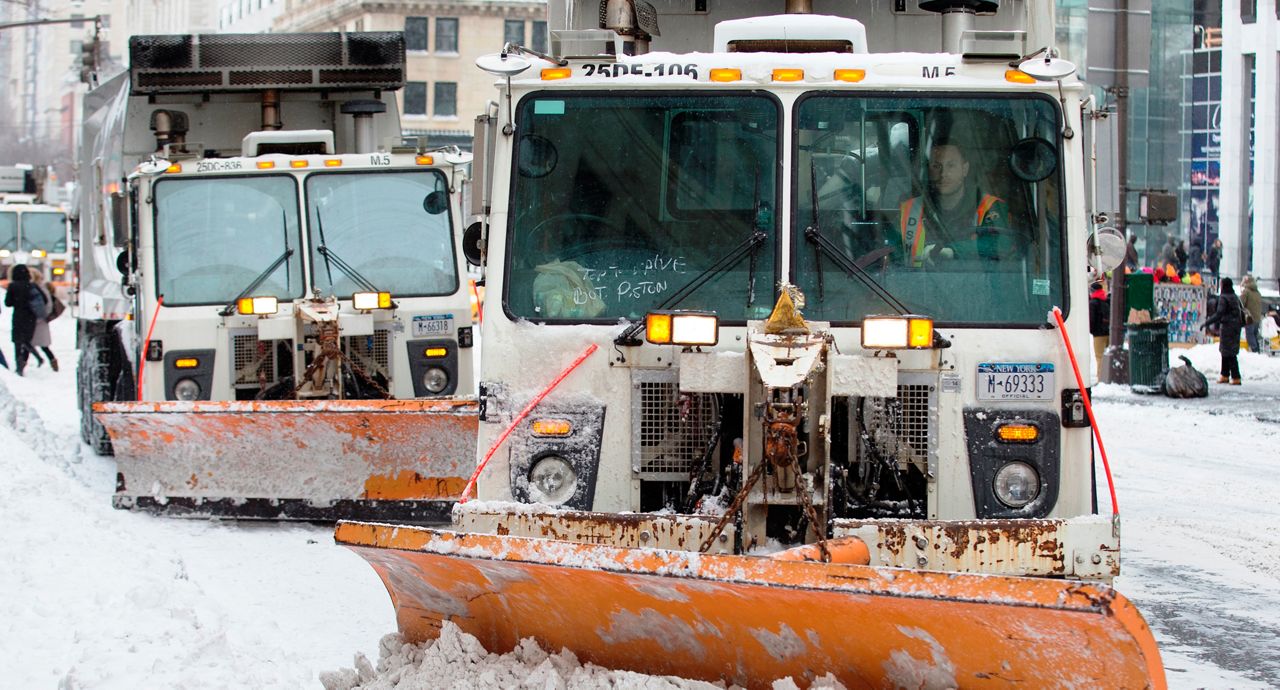Before a snowstorm hits and temperatures fall well below freezing, it is time for Ohio to prepare for Old Man Winter! It is important to take action BEFORE winter weather threatens, and there are several things you can do now.
The National Weather Service helps Ohioans prepare for the winter with Ohio’s Winter Safety Awareness Week. This week is the perfect time to ensure your homes and vehicles are ready and conditioned before winter weather strikes.
Additionally, there are health tips and safety recommendations you should know before and during the winter months.
Here are 5 things you can do now to prepare for winter.
Every home should have a disaster supply kit ready for any emergency, so make sure your basics are covered.
Always have batteries in the flashlight, a working, portable radio, fill up the first aid kit, and add extra water bottles and non-perishable foods.
Another great tip is to seal or wrap your windows to prevent cold air from seeping in. Also, open the blinds and curtains in the morning to take advantage of the natural heat from the sun. These little tricks can help with the heating bill!
It is important to clear vents and chimneys to avoid carbon monoxide mishaps. Clear leaves, vines, and anything that blocks the vents because this can cause carbon monoxide to back up into the home, as well as trigger the heating system to shut off.
Take preventative measures against pipe freezing before temperatures drop this winter. Below are tips from the Red Cross:
- Drain water from swimming pools and water sprinkler supply lines. Do not put antifreeze in these lines unless directed as it is harmful to the environment and is dangerous to humans, pets, and landscaping.
- Remove, drain, and store hoses used outdoors. Close inside valves supplying outdoor hose bibs. Keep the outside valve open so that any water remaining in the pipe can expand without causing the pipe to break.
- Add insulation to attics, basements, and crawl spaces.
- Check unheated areas around the home for other water supply lines, and insulate those properly.
- Consider adding a pipe sleeve to exposed water pipes.
Just like your house, you should always have an emergency kit tucked away inside your car. Basics can include a first aid kit, flashlight, extra batteries, and blankets. Plus, a few bottles of water and non-perishable snacks are also helpful.
Add supplies such as gloves, hand warmers, phone chargers, and extra warm clothes for the winter season. The idea is to make sure your kit is up to date for the winter season in case you become stranded in your vehicle in cold temperatures or during a winter storm.
Here are some safety tips to winterize your car according to the National Weather Service:
One of the most important things to do to prepare for the winter is to take care of yourself and your family, and start with the flu shot! It is time to make sure you have the latest flu shot for the upcoming season.
Also, talk to a professional or your doctor about your individual needs during the winter, as everyone is different.
Winter is also the time of year people can battle seasonal depression or blues.
We talked about the importance of a basic emergency kit for your house and your vehicle, but here is a breakdown of the winter weather safety kit for the upcoming winter season.
You can prepare and replenish these items for your kits now. Below, you can find recommendations for your winter weather safety kit for your home from the National Weather Service.
A winter weather forecast is always changing and, in some cases, dependent on the situation, so it is important to educate yourself on the winter weather terms and alerts.
Also, make sure you have multiple ways of accessing a weather forecast.
With a winter weather advisory, the forecast looks to bring light amounts of wintry precipitation or patchy blowing snow. This will cause slick conditions and could affect travel if you do not take precautions.
A watch calls for you to be cautious and be on alert as conditions could produce heavy snow, sleet, or freezing rain and cause significant impacts.
Finally, a winter weather warning or type of weather warning is where you need to take immediate action. The confidence in the storm is high and likely. In this case, a winter storm will produce heavy snow, sleet, or freezing rain and cause significant impacts.
For a complete winter preparedness guide, click here.



